Located in Quebec, in Canada, just a few miles from the US border, Mont Megantic is both a national park and an International dark sky reserve. As the days get clearer and the nights as well, be sure to enjoy this time by taking a look at what this preserved area has to offer. In the heart of the reserve, learn more about the Milky Way and the infinity of space at the ASTROLab, an astronomy centre offering daytime visits and themed evenings under the stars. What's more, at the summit of the mountain you'll find the renowned Mont Megantic Observatory, where you can find out what telescopes scientists still use to observe the universe. Beware, night-time activities are often fully booked well before they take place. If you can't book in time, we recommend renting a typical Canadian chalet to enjoy the pollution-free skies in complete peace and quiet.
Starry nights away from the city lights, sounds like the perfect way to spend a clear-sky night, doesn't it? Marvel at the magnificent constellations the sky has to offer and discover the wonders of the universe. Nowadays, stargazing has almost become a privilege, as it's an almost impossible activity due to the bright lights of cities. it's probably time for you to move to a better place to finally see them clearly. This experience can be the source of many magical memories and exceptional nights, as you always come back with thousands of stars in your eyes. Whether you're a professional astronomer or an avid stargazer, don't be afraid to look up and lose track of time. From remote mountains to vast deserts, these 10 stargazing destinations will blow your mind.
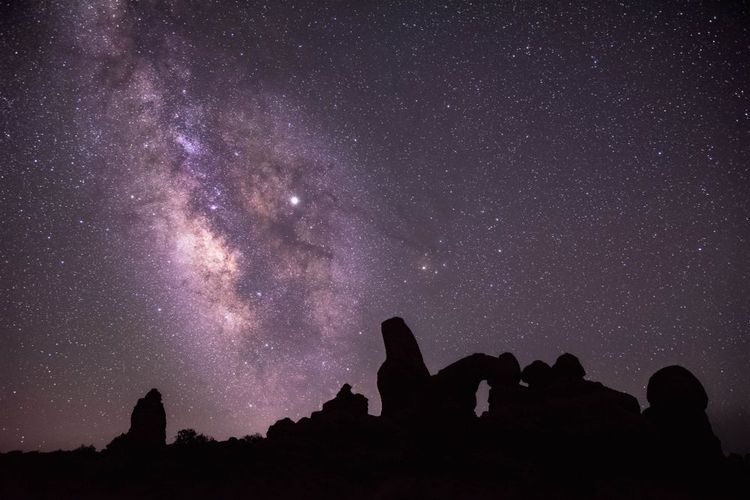
Astrophoto of Turret Arch, Arches National Park.
- © Ian MacDonald / Shutterstock- 1- Mont Megantic, Canada
- 2- Pic du Midi, France
- 3- The Pinnacles, Australia
- 4- Kerry International Dark Sky Reserve, Ireland
- 5- Atacama Desert, Chile
- 6- Aoraki Mackenzie International Dark Sky Reserve, New Zealand
- 7- La Palma, Canary Islands, Spain
- 8- Utah, USA
- 9- NamibRand Nature Reserve, Namibia
- 10- Mauna Kea, Hawaii, United States
- 11- Ynys Enlli, Bardsey Island, in Wales
1- Mont Megantic, Canada
2- Pic du Midi, France
What if the best way to see the celestial wonders is to take some altitude? At the top of the French Pyrenees, in the south of France, lies the Pic du Midi. The sky here is so clear that NASA comes to this location to take photos for scientific and research purposes. Whether you're a NASA employee or not, you'll be able to watch the starry skies, as there's also an observatory where visitors can experience stargazing. This one is located at the top of the summit but don't worry, there's no need to hike as you can hop on a cable car and admire the Pyrenees range on the way up. Make sure you climb just before the sunset so you arrive on time to see the sun as it hides behind the majestic shapes of the mountains. Get ready for a VIP experience on this night, as you'll start with a welcome cocktail and a lovely dinner followed by an observation of the stars with an experienced guide. The experience ends as you return to your own bedroom nearby.
3- The Pinnacles, Australia
Nestled in Western Australia, more than two hours from the big city of Perth, the Pinnacles Desert is known for its unique natural limestone formations, which appeared more than 30,000 years ago. While some people prefer to visit this landmark during the day, some others will prefer to come around at night as you can stargaze like no other in this moon-like landscape. This is not surprising, as this desert is renowned for being far from the lights of the cities and for having a very dark sky, allowing us to observe the moon, stars and nebulae… Immerse yourself in this adventure and don't hesitate to book a guided tour, which usually includes a sunset dinner followed by a unique experience of stargazing.
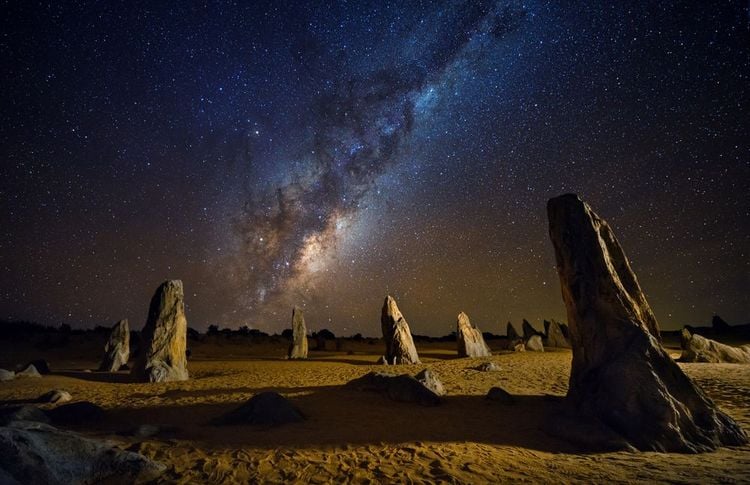
The Pinnacles Desert at night, Nambung, Australia
- © sammax chong / Shutterstock4- Kerry International Dark Sky Reserve, Ireland
On the Iveragh peninsula you’ll experience a unique moment to the sound of the ocean’s waves. The Kerry International Dark Sky Reserve reserve was designated as the first International sky reserve of Ireland thanks to the minimal light pollution of the area. The special feature of this reserve is that it is open to the public at all times, so take a stroll and discover the reserve at your own pace. Don't forget one thing when you go to the sky reserve, the stars are easier to observe on the night of the new moon, as the moon almost disappears, giving the sky more clarity.
5- Atacama Desert, Chile
Nestling on the Pacific coast in northern Chile, the Atacama Desert is a desert plateau renowned for being one of the driest places on earth and more precisely the driest non-polar desert. Another fun fact about this unusual place is that its soil is similar to Mars’s soil thanks to its reddish colour and composition. Scientists seem to appreciate this region as NASA often comes here to test its instruments for later use on Mars, and astronomers use this landmark to observe outer space thanks to the absence of light pollution. If you're won over by this destination, don't forget to bring a warm jacket and maybe even a blanket. Indeed, the desert can be hot during the day with an average of 22°C during the day, but it usually drops close to 0°C at night.
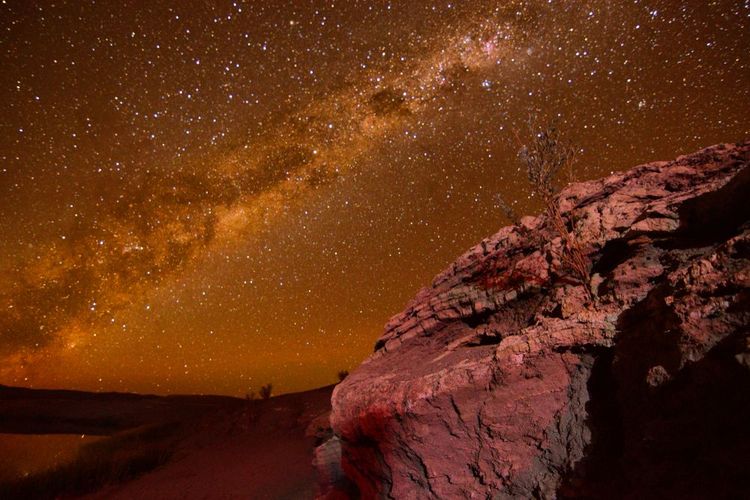
Atacama Desert at night, Chile
- © Fotografo de los Andes / Shutterstock6- Aoraki Mackenzie International Dark Sky Reserve, New Zealand
Have you ever looked up at the twinkling stars and wished you could capture that moment forever so you could see it again whenever you wanted? Sure, phones and cameras can take photos, but the beauty of the sky can only be captured if the settings are optimal for the occasion. Perhaps the best way to get it right is to call in a professional. Well, in the South Island of New Zealand lies the Aoraki Mackenzie International Dark Sky Reserve an area known for Astrophotography which is the photography of astronomy in general. What's special about this destination, apart from the fact that it's surrounded by magnificent mountains and lakes, is that it combines stargazing with the more technical activity of night photography, as you learn the basics of astrophotography using a telescope and digital camera.
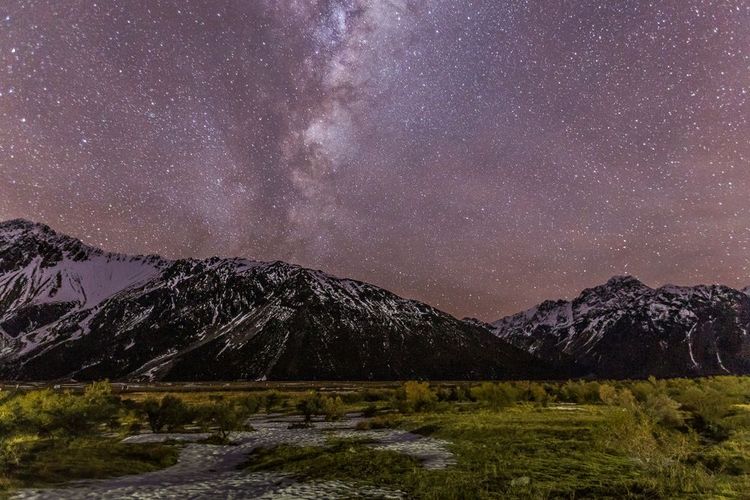
Aoraki Mackenzie International Dark Sky Reserve, New Zealand
- © Matt Makes Photos / Shutterstock7- La Palma, Canary Islands, Spain
La Palma is part of the Spanish archipelago of the Canaries, located to the northwest of the African continent. Recognized as a biosphere reserve by UNESCO, this island is perfect for observing celestial objects, as it is home to the Roque de los Muchachos astronomical observatory, at 7,874 feet above sea level. Take advantage of this ideal destination to immerse yourself in a volcanic environment with a change of scenery, and to engage in astro-tourism, the opportunity to travel to places where you can feel like an astronomer.
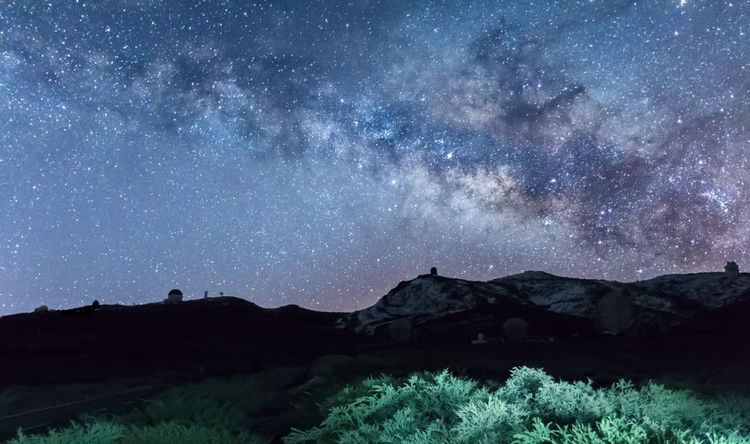
Roque de los Muchachos astronomical observatory, la Palma, Canary islands, Spain
- © Jacinto Marabel Romo / Shutterstock8- Utah, USA
Located in the western United States, this state has many incredible sites you should visit. With spots such as Bryce Canyon National Park, Arches National Park and Canyonlands, open your eyes wide and be ready to look directly at the marvellous Milky way. Why this region? If you're looking for the stars, perhaps you're looking for peace, and what better place for a bit of solitude than these wide-open spaces!
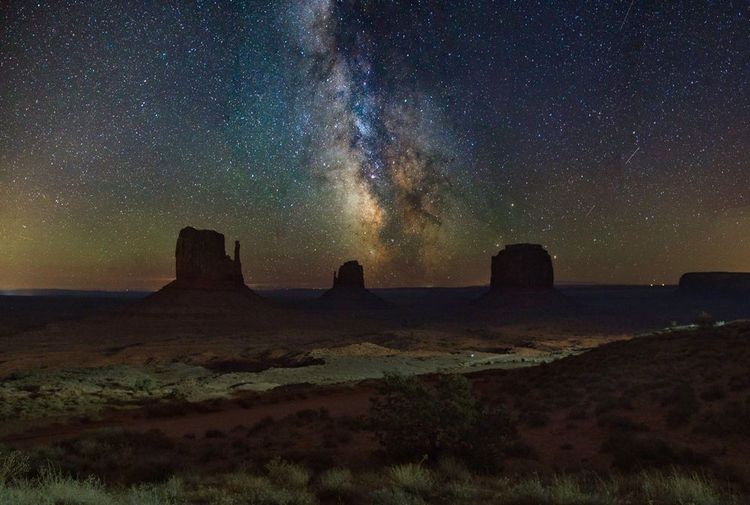
Milky Way, Utah, USA
- © Jacksoo999 / Shutterstock9- NamibRand Nature Reserve, Namibia
The NamibRand Nature Reserve, located in south-western Namibia and part of the Namib Desert, offers a wonderful experience with its dark skies and incredible sand dune landscapes stretching as far as the horizon. As one of Africa's largest private nature reserves, you can not only look up into the air, but also take part in educational programs to learn more about the sky.
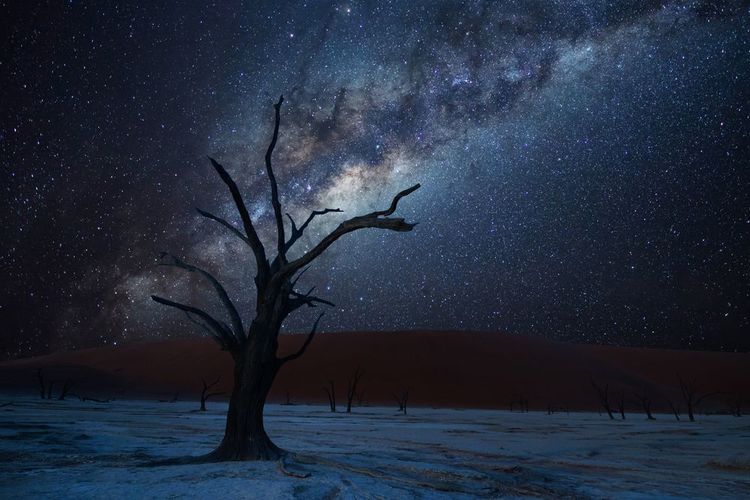
Deadvlei, Namib Desert, Namibia
- © Yongyut Kumsri / Shutterstock10- Mauna Kea, Hawaii, United States
Finally, rising 13,798 feet above sea level, Mauna Kea is the tallest volcano within the Hawai’i island and is home to various [observatories](https://www.maunakeaobservatories.org/?utm_source=easyvoyage]. Don’t worry about your safety as it is a dormant volcano. It's certainly one of the best places to observe the universe, since more than 11 countries have chosen this land to set up 13 observatories, thanks to its incredible conditions and exceptional visibility. Visitors and locals can enjoy a free stargazing program organised once a month, subject to prior booking. There you can enjoy both the sunset and the dark sky above the clouds to get a better look at the planets and constellations through the telescopes at your disposal.
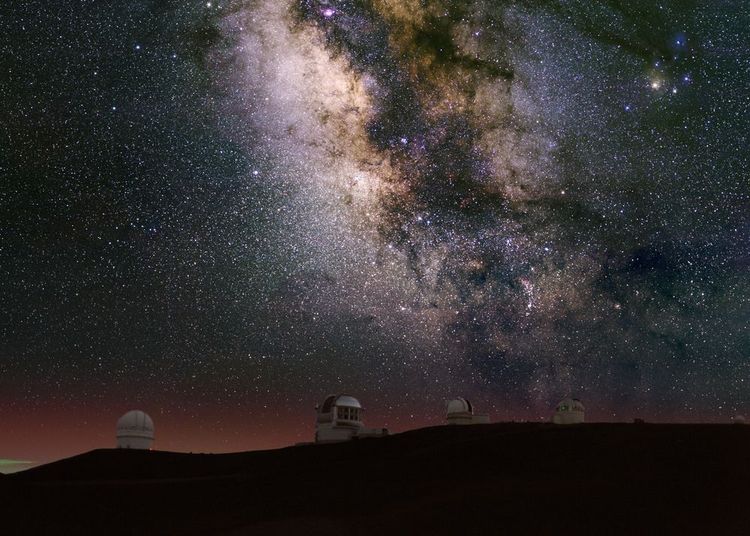
Milky Way above the telescope domes on Mauna Kea, Hawaii
- © MarcelClemens / Shutterstock11- Ynys Enlli, Bardsey Island, in Wales
We all have a place in mind when it comes to looking at the constellations, hoping for some shooting stars. Hopefully one of the previous destinations already stole your heart and you are getting ready to be there as soon as possible. However, if you need a destination that makes you dream as much as the ones in this article, while being closer to home as you can’t wait any longer, Ynys Enlli might be the solution for you. Located in Wales, on the island of Bardsey, this place is ideal as it was the first place in Europe to be recognized as an International Dark Sky Sanctuary. This ancient monastery is quite peaceful as there are only a few people living on the island. So grab a warm jacket and pack your suitcase for the country of your stargazing destination of your choice!.





